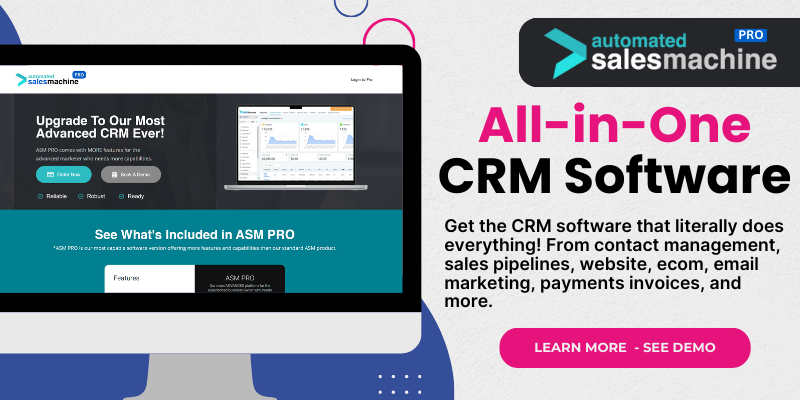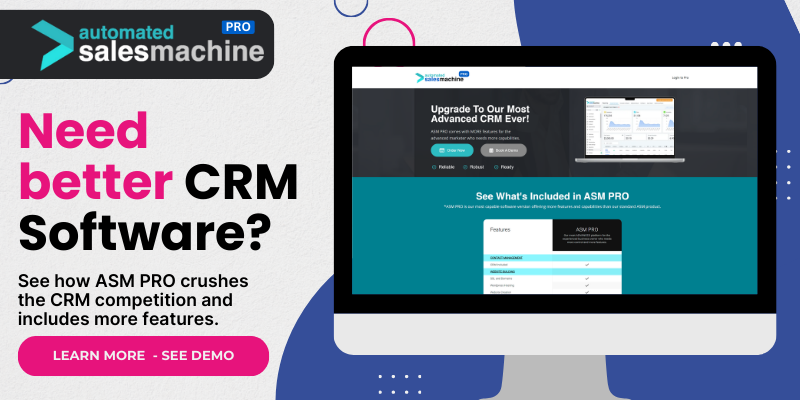Understanding the Basics of Pardot and Salesforce Integration
What is Marketing Automation?
Let’s start with the basics. Marketing automation is all about streamlining and automating marketing tasks. I mean, why spend hours on routine stuff when you can set it to autopilot? Tools like Pardot help businesses manage campaigns without breaking a sweat. You can track leads, send personalized content, and analyze marketing efforts all in one place.
From my experience, using a marketing automation tool can free up a huge chunk of time. Instead of getting lost in spreadsheets and manual entries, you get to focus on strategy and creativity. It’s like having a superpower in the marketing world.
Pardot is one of those tools that packs a punch. It works seamlessly with Salesforce, one of the biggest CRM platforms out there. This integration creates a powerful duo for marketers looking to connect with their audience effectively and efficiently.
What is CRM and Why is it Important?
Now let’s chat about CRM. Customer Relationship Management is a bit fancy, but at its core, it’s about tracking customer interactions and managing relationships. Think of Salesforce as your best pal in handling customer data. It keeps everything organized and accessible.
Having a CRM like Salesforce is vital for businesses—big or small. You get insights into customer behavior, which means you can cater your outreach based on actual data rather than guesswork. That’s something I’ve come to appreciate more and more.
Moreover, integrating this with Pardot means that all your marketing efforts feed directly into your sales strategies. It’s like they’re best friends working together to help you win over customers!
How Do They Work Together?
The beauty of using Pardot and Salesforce together lies in their ability to share data and insights. Imagine getting rich, actionable insights from Pardot directly into your Salesforce dashboard. It’s a marketer’s dream come true! You get live data about leads, nurturing them based on their interactions with emails or website visits.
I’ve found that this synergy really allows for a smooth handoff from marketing to sales. Your sales team can see which leads are most engaged, allowing them to prioritize their follow-ups effectively. It’s the ultimate team effort!
Plus, with real-time data syncing, you can trust that the information is always up to date. That means you’re never flying blind when reaching out to potential customers.
Lead Management and Nurturing
Gathering Leads
Pardot excels in lead generation, which is basically the process of attracting potential customers. It allows you to create landing pages, forms, and even conduct A/B tests to see what resonates more with your audience. I remember running multiple landing pages for a single campaign, and the performance insights were invaluable.
When leads fill out forms or engage with your content, Pardot captures their information and automatically sends it over to Salesforce. This means you can start nurturing relationships with them almost instantly. No more waiting around for manual data entry—hallelujah!
By leveraging lead scoring, you can also prioritize which leads are hot and ready for a conversation versus those still exploring. That dynamic has completely transformed how I approach outreach and conversion strategies.
Nurturing Leads
Nurturing leads involves providing value and information until they are ready to buy. With Pardot, you can set up automated email campaigns to keep those leads engaged. By sharing relevant content based on their interests, you build trust over time.
I often integrate personal touches within these automated emails—like addressing them by name or referencing previous interactions. It really makes a difference! It’s all about keeping that connection alive, even when the prospect isn’t ready to purchase yet.
The best part? You can track how engaged these leads are with each email or content piece, enabling you to tailor your follow-ups more effectively. It turns your outreach into a more personalized experience, which is crucial in today’s market.
Converting Leads to Customers
Convincing leads to become customers is the ultimate goal of any marketing effort. Once leads show high engagement, that’s when you want your sales team to swoop in. The integration between Pardot and Salesforce allows your sales team to have crucial insights at their fingertips.
When sales reps see how engaged a lead has been with your content, they can tailor their pitch even better. I’ve often recommended that sales teams review the lead’s activity history right before making a call. It’s a game-changer!
Moreover, Pardot’s scoring and grading features indicate when a lead is ready to buy. You can automate notifications for your sales team, so they know exactly when it’s time to reach out. The result? Higher conversion rates and happier customers!
Data Synchronization and Management
Real-Time Data Sharing
One of the coolest features of integrating Pardot with Salesforce is real-time data sharing. Whenever someone fills out a form or clicks on an email, that info gets updated in both systems instantaneously. This was a real eye-opener for me; it changed the game for our lead management.
It eliminates the errors caused by manual data entry and ensures everyone is on the same page. No more missed opportunities because the data is stale! It’s a relief knowing that your marketing and sales teams are aligned in their approach.
The live updates mean that you can make informed decisions based on accurate data. I can’t stress enough how important it is to have real-time insights in such a fast-paced marketing environment.
Data Organization
Keeping your data organized is key to smooth operations. Salesforce helps maintain a structured database where all lead and customer information is stored. That way, everyone knows who is who in the list of prospects.
On the Pardot side, the tagging and segmentation options are top-notch. You can categorize leads based on their interests, actions taken, and more. It’s like having a personal assistant who knows exactly who your leads are and what they care about.
I’ve found that organized data leads to more effective campaigns because you’re reaching the right audience at the right time. Plus, it helps with analyzing past performance to refine future strategies.
Data Insights and Reporting
Both Pardot and Salesforce are powerhouses for gathering insights and reporting. You can track how well your campaigns are performing and make adjustments in real-time based on feedback from data.
I love digging into reports to see what’s working and what’s not. The ability to customize reports for specific metrics allows marketers to focus on what truly matters to their business strategy.
The insights gained from these reports can inform everything from future campaigns to adjustments in sales tactics, which is invaluable. Always remember, data-driven decisions are the way to go!
Conclusion: Maximizing Your Marketing Efforts
The synergy between Pardot and Salesforce is incredibly powerful, helping marketers and sales teams work together to convert leads into customers efficiently. By understanding how data flows between these two platforms, you can nurture leads better, make informed decisions, and ultimately drive your business success.
From my experience, embracing this kind of technology is not just about keeping up with trends; it’s about genuinely connecting with your audience in a meaningful way. Whether you’re just getting started with marketing automation or you’re a seasoned pro, leveraging these tools will enhance your campaigns.
So, go ahead and dive into the world of Pardot and Salesforce integration, and see how it can transform your marketing strategy. Trust me, you’ll be glad you did!
FAQ
What are Pardot and Salesforce?
Pardot is a marketing automation tool by Salesforce, designed to help businesses manage their marketing campaigns and lead generation activities. Salesforce, on the other hand, is a CRM platform that helps businesses track and analyze customer interactions.
How does lead management work with Pardot and Salesforce?
Pardot captures leads through forms and landing pages, and this information flows directly into Salesforce. This allows for effective nurturing and management of leads through targeted email campaigns and timely follow-ups by sales teams.
What is the benefit of real-time data sharing?
Real-time data sharing ensures that both marketing and sales teams have accurate, up-to-date information about leads and customers. This reduces manual errors and improves collaboration between teams.
How can I track campaign performance?
Both Pardot and Salesforce provide robust reporting features that help you track campaign performance. You can analyze various metrics, like open rates and conversions, to gain insights and optimize future strategies.
Is it necessary to use both Pardot and Salesforce?
While it’s not mandatory, using both platforms together creates a powerful ecosystem for managing marketing efforts and customer relationships effectively. The integration amplifies your capabilities in lead generation and nurturing.

